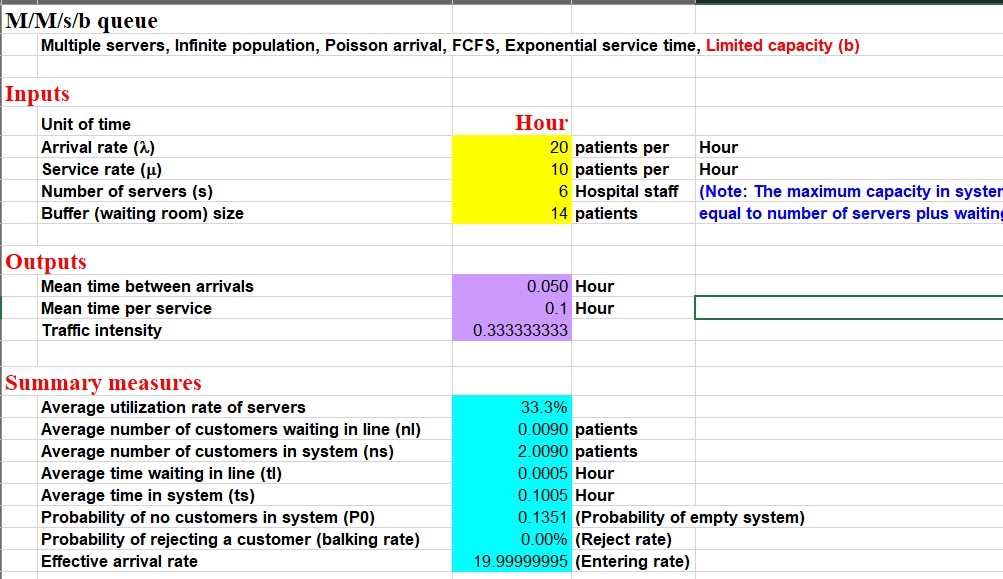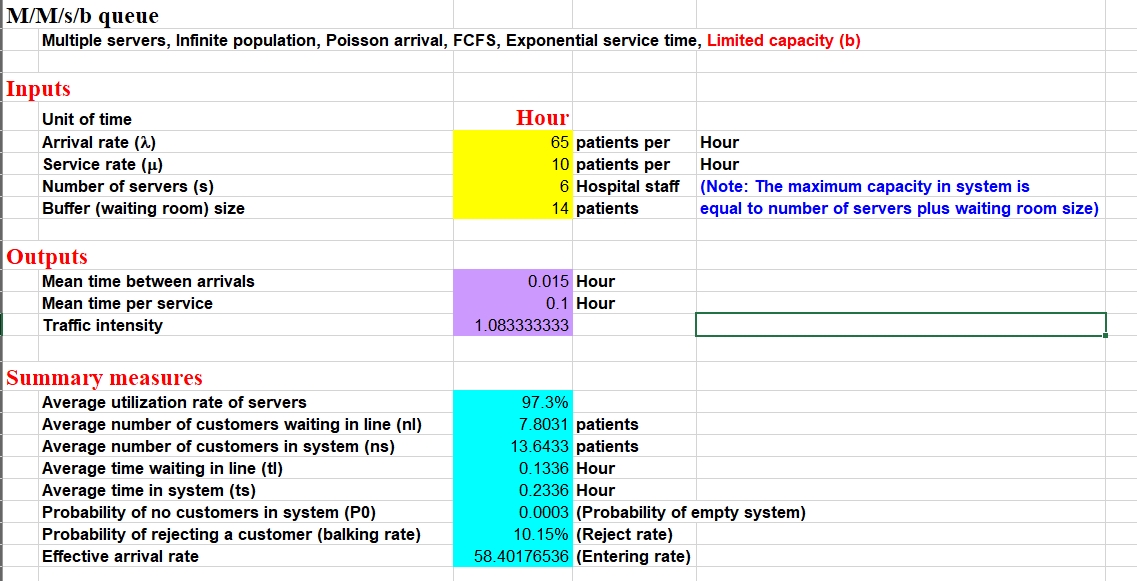Question
Scenario : The internal medicine department unit serves a large catchment area comprised of a significantly older population. Due to budget constraints and resourcing issues,
Scenario :
The internal medicine department unit serves a large catchment area comprised of a significantly older population. Due to budget constraints and resourcing issues, it can only afford to have six medical staff service the outpatient department per day.
Recently, the head of the department has approached the hospital Chief Executive Officer (CEO) to fund additional medical staff noting that not only is the unit treating a growing number of medical presentations, but also that a small hospital nearby is closing, which will result in the department needing to pick up the resulting increase in patient load.
The CEO approaches you, the operations manager, to assist them in considering this request. In your activities to assist the CEO, you need to consider the burden on the unit in different scenarios. For your calculations you consider using the M/M/s/b model as the outpatient unit employs an FCFS/single line/multiple server's model.
Data: The department provides you with the following:
? Arrival rate: 20 patients per hour
? Service rate: 10 patients per hour
? Number of servers: 6 medical staff
? Waiting room size: 14 patients
The department head advises you that this data did not include situations where there is an increased number of patient arrivals based on the burden of increasing chronic disease in the community and the impending closure of the nearby hospital, which will lead to increasing numbers of patients.
You work with the department to arrive at a projected patient arrival rate based on these scenarios, which is now 65 patients per hour. You will now need to input and update this new data into your spreadsheet to recalculate your results.
Your task Referencing the two data sets and drawing on your calculations, address the following questions :
? What parameters in both scenarios led to your decision?
? Why were they considered?
? What made you reconsider your decision?
As part of your submission, discuss the second scenario and the impact on the rest of the hospital (inpatient) in the context of your learning so far (i.e. patient flow, waiting time, delay and queuing theory).
First scenario :


Step by Step Solution
There are 3 Steps involved in it
Step: 1

Get Instant Access to Expert-Tailored Solutions
See step-by-step solutions with expert insights and AI powered tools for academic success
Step: 2

Step: 3

Ace Your Homework with AI
Get the answers you need in no time with our AI-driven, step-by-step assistance
Get Started


